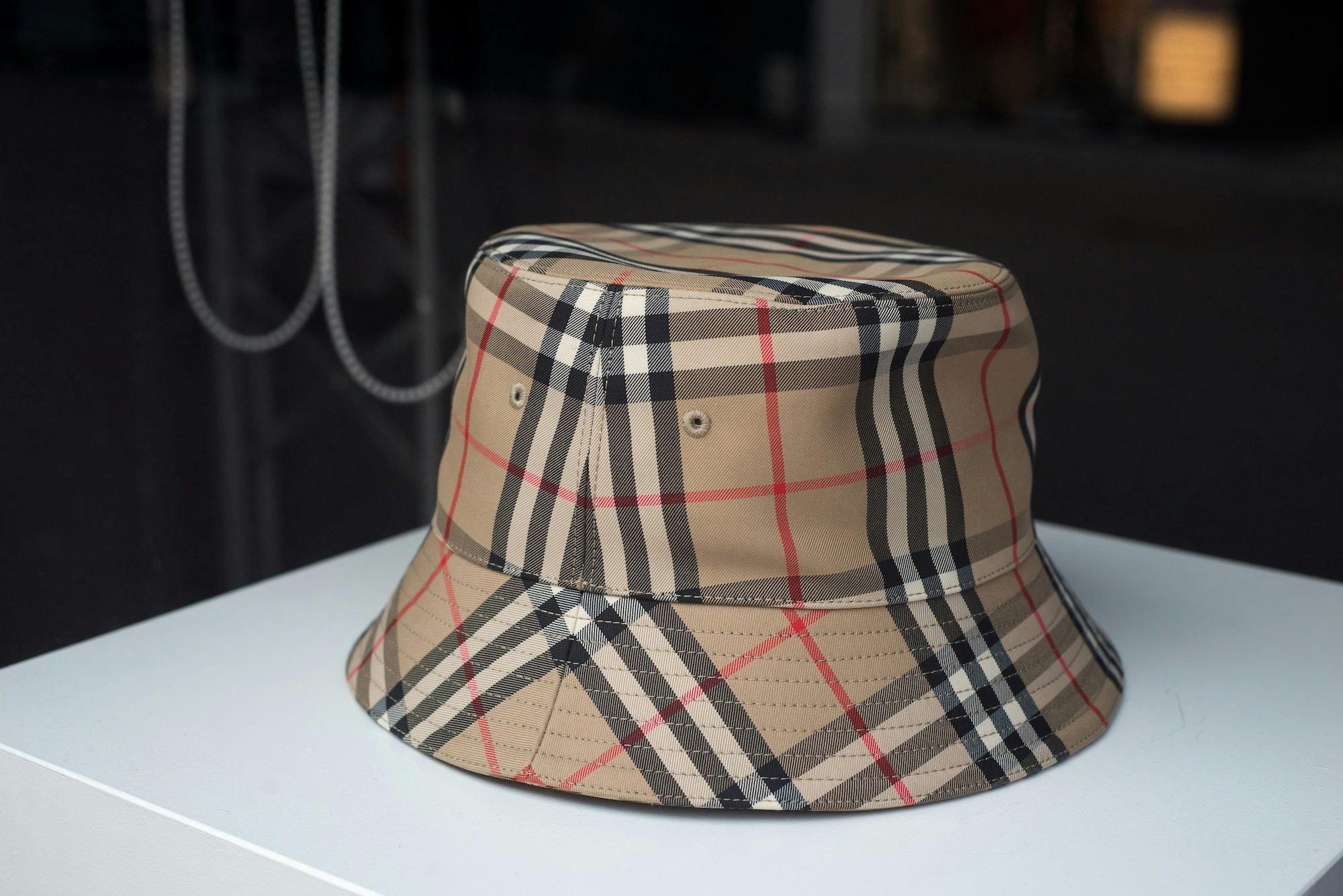How should brands deal with unwanted fans?
Influencer wrangling is now a crucial part of any brand management role. And this bit is relatively straightforward: find people who people like who can spread the word about your product. But what happens when the wrong people get in on the action?
Last month, the UK’s Prime Minister, Rishi Sunak, was forced to apologise after wearing Adidas Samba trainers in a Downing Street interview, prompting fans of the brand to claim he’d ruined them for everyone. In the apology he claimed to be a lifelong devotee of the brand, sending fans even further into a spiral of social media panic over the trainers, which unproblematically adorned the feet of Bella Hadid, Rihanna and Harry Styles.
Every move, every association, can either elevate a brand to new heights of coolness or send it plummeting into the abyss of unpopularity. “Brand value is generally determined by attributes such as innovation, originality, and uniqueness. What makes a brand cool is something much more ethereal: the intricate web of associations and perceptions that consumers form with brands,” says Dominic Dwight, strategy and innovation director at Bettys & Taylors of Harrogate, makers of Yorkshire Tea. Yorkshire Tea had its own Rishi moment back in 2020 when the PM was pictured enjoying a cup of the popular brew. The backlash was brutal.
“It was completely unexpected,” Dwight laughs, “as with pretty much every ‘celebrity’ mention we get, we had no hand in it.” Most of the time, he says, public response on social media to the brand is really positive. “Usually, the worst case scenario is a lacklustre response. With Rishi’s pic, I think we knew it would be provocative, because the whole discourse around politics had become so polarised and toxic – so our response, as it would be with anything that might generate negativity, was simply to let it go unmentioned.”
Quick Budget prep break making tea for the team. Nothing like a good Yorkshire brew. pic.twitter.com/zhoQM9Ksho
— Rishi Sunak (@RishiSunak) February 21, 2020
However, this didn’t pan out as they’d hoped. “We knew it might provoke negative comments, and that it might then become an online argument – because by then, this was something that happened on a regular basis on Twitter,” Dwight says, “But often when a politician posts something that’s aiming to be light-hearted and fun it fades away to nothing because people aren’t interested. We had no idea it would escalate as much as it did.”
So Yorkshire Tea tried to respond with humour. “Someone angrily demanded for us to explain whether we’d agreed to his post or even organised it, and we replied by saying we’d never do that, especially so late on a Friday afternoon. This did not work.”
The faster a brand responds and reacts, the more human it feels. If it takes time and responds when the general public has stopped caring, it feels disingenuous
And it wasn’t the first time. The same thing happened back in 2011, when the then-PM David Cameron was visiting Taylors. “I used to run the socials all by myself back then,” Dwight says, “and I shared he was visiting. It honestly didn’t occur to me that it would seem like some sort of endorsement, because our post wasn’t fawning and he wasn’t invited as a VIP – he was on tour to take questions from workers at different companies, which felt like big news. Of course, that nuance was lost and I just got a drubbing for half a day.”
More than a decade apart, the responses are fascinating. “It demonstrates how much bigger a part of our lives social media has become and how much angrier and obstinate our online conversation is now,” says Dwight. “In fact, I wonder if that experience is what led me to assume, somewhat optimistically, that the Rishi outrage would fizzle out after a few hours. Instead it gathered momentum and we were battered for nearly a week.”
Brands distancing themselves from unwanted admirers is not a new phenomenon though. In the early noughties the luxury fashion brand Burberry underwent something of an undesired transformation when tabloid darling Danniella Westbrook became one of its most famous wearers. Her infamous appearance with her baby daughter in matching outfits, complete with Burberry pram, led many to associate the brand with so-called ‘chav-chic’. Burberry, under the creative direction of Christopher Bailey at the time, responded by scaling back production of its most recognisable print.
Fred Perry pulled one of its famous black and yellow polo shirt designs after it became synonymous with the far-right organisation the Proud Boys. Perry pulled no punches, announcing in an official statement, “To be absolutely clear, if you see any Proud Boys material or products featuring our laurel wreath or any black/yellow/yellow related items, they have absolutely nothing to do with us, and we are working with our lawyers to pursue any unlawful use of our brand.”
There are valuable lessons to be learned. The evolution of brand ambassadors, from traditional celebrities to social media influencers, has transformed the landscape of brand endorsement. Raf McDonnell of Atomic London’s social creator agency Supernova says, “Brands are now seeking authenticity in their social content more than ever and creators and brand ambassadors who can deliver content in this way are reaping the rewards.”

Though unwanted ambassadors are not a new thing, what is different now is the way we share these stories, says Danielle Dullaghan, social strategy director at branding agency Iris Inc. “Perhaps before the internet, you could have an unwanted ambassador, make no comment and let the problem go away. Now, with social media that problem is never going away. People will recall it in a sort-of-nostalgic-meme type way – even issues before the digital age can be broadcasted and recounted on social media.”
“Perhaps the best way to deal with it is with a little bit of humour,” says McDonnell. “The worst thing a brand can try to do is publicly distance themselves from it, as that will just generate more interest in the whole situation.”
Dullaghan agrees: “Often brands stay silent, as they don’t want to rock the boat any further, hoping it will go away – but now, it is never going to go away.” So you can either control the situation by taking steps to rectify it, or not. “Either way, when you are in this situation you are going to piss off a few customers, regardless of whether you make changes to control it.” However, she says, “The faster a brand responds and reacts, the more human it feels. If it takes time and responds when the general public has stopped caring, it feels disingenuous.”
As with everything, it all comes back to brand values. As Dwight says, “The best thing to do is make sure you have a great team, who understand the somewhat uncontrollable nature of it all, live and breathe the brand and its values and who can balance being considered with being responsive. But it’s not easy.”




